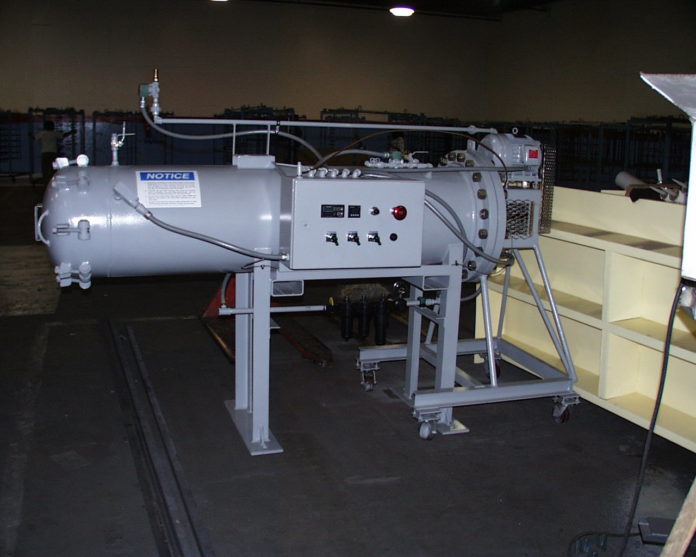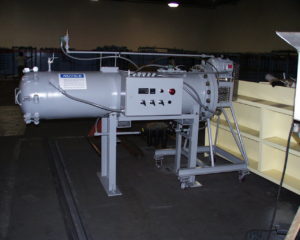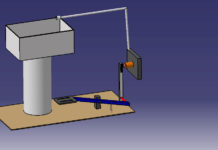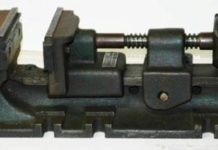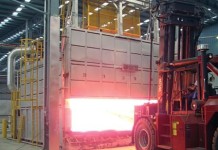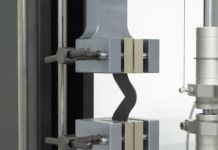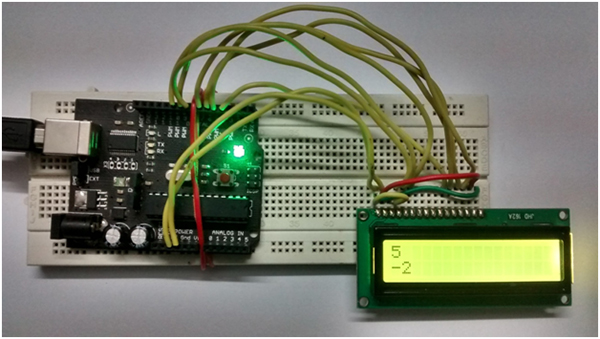GENERAL PRESS OPERATIONS
1. Shearing.
It takes place in form a cut when punch strikes and enters in the sheet placed on die. The quality of the cut surface is greatly influenced by the clearance between the two shearing edges of the punch and dies.
2. Cutting.
It means severing a piece from a strip or sheet with a cut along a single line using suitable punch and die of press tool in press machine.
3. Parting.
It signifies that scrap is removed between the two pieces to part them using suitable punch and die of press tool in press machine.
4. Blanking.
It is a operation in which the punch removes a portion of material called blank from the strip of sheet metal of the necessary thickness and width using suitable punch and die of press tool in press machine.
5. Punching.
It is the operation of producing circular holes on a sheet metal by a punch and die. The material punched out is removed as waste. Piercing, on the other hand, is the process of producing holes of any desired shape in the part or sheet using suitable punch and die of press tool in press machine.
6. Notching.
It is a process to cut a specified shape of metal from the side or edge of the stock using suitable punch and die.
7. Slitting.
When shearing is conducted along a line, the process is referred to as slitting. It cuts the metal sheet lengthwise using suitable punch and die of press tool in press machine.
8. Lancing.
It makes a cut part way across a sheet and creates a bend along the cut using suitable punch and die.
9. Nibbling.
It is an operation of cutting any shape from sheet metal without special tools. It is done on a nibbling machine.
10. Trimming.
It is the operation of cutting away excess metal in a flange or flash from a sheet metal part using suitable punch and die of press tool in press machine.
11. Bending.
Bending is the operation of deforming a sheet around a straight axis. The neutral plane lies on this straight axis. In bending all sheet material are stressed beyond the elastic limit in tension on the outside and in compression on the inside of the bend.
There is only one line, the natural line that retains its original length. The neutral axis lies at a distance of 30 to 50% of thickness of the sheet from the inside of the bend. Stretching of the sheet metal on the outside makes the stock thinner. Bending is sometimes called as forming, which involves angle bending, roll bending, roll forming, seaming and spinning.
Source A Textbook of Basic Manufacturing Processes and Workshop Technology by Rajender Singh.

